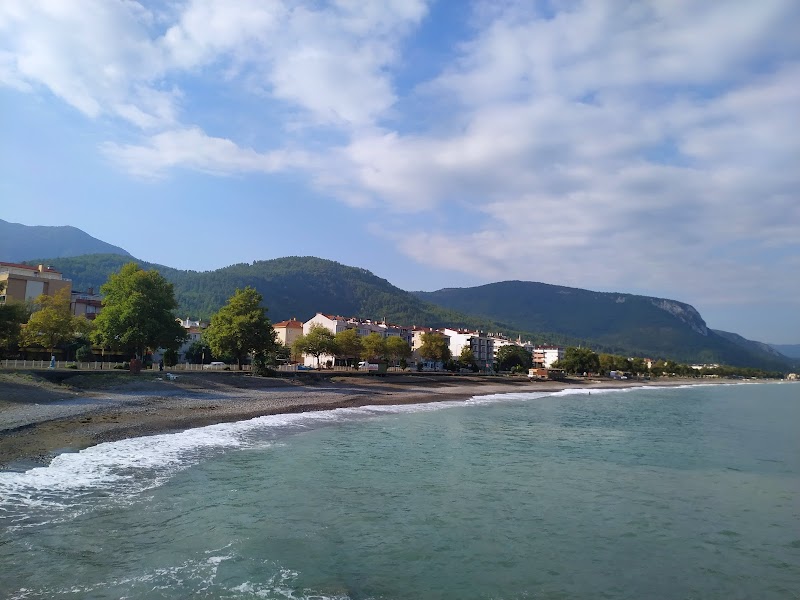
Küre Mountains National Park Adventures
Küre Mountains National Park is a biodiverse protected area in northern Turkey offering rich forests, deep valleys, and abundant wildlife, making it a prime destination for hiking, nature observation, and cultural exploration.
About Küre Mountains National Park

Küre Mountains National Park is located in the Black Sea region of northern Turkey, spanning parts of Kastamonu and Bartın provinces. Established in 2000, the park covers rugged mountainous terrain characterized by dense forests, deep river gorges, karstic landscapes, and caves. It encompasses a unique combination of flora and fauna, including extensive stands of old-growth beech and fir forests alongside endemic plant species. The park protects critically important habitats for wildlife such as brown bears, gray wolves, wild goats, otters, and numerous bird species. The Küre Mountains themselves represent part of the Western Black Sea mountain range, carved by rivers creating steep cliffs, waterfalls, and caves, ideal for outdoor enthusiasts. Visitors can explore numerous hiking trails that pass through scenic viewpoints and past historic villages with traditional wooden houses and Ottoman-era architecture. The park is also home to notable natural landmarks, such as the Valla Canyon—the deepest canyon in Turkey—and the Incekaya Aqueduct, an impressive stone structure from the Roman period. The biodiversity and geological formations provide for exceptional experiences in trekking, birdwatching, photography, and caving adventures. Küre Mountains National Park’s blend of nature and cultural heritage attracts visitors interested in exploring less commercialized, pristine wilderness areas of Turkey.
Highlights
Valla Canyon – the deepest canyon in Turkey offering dramatic views and challenging hikes
Incekaya Aqueduct – an ancient Roman-era aqueduct nestled within forested mountains
Rich biodiversity including endemic plants and populations of brown bears and wolves
Extensive cave systems suitable for spelunking and exploration
Notable Natural Features
Valla Canyon
A deep, narrow gorge featuring steep cliffs and unique microclimates, popular for adventurous hikes and nature observation.
Incekaya Aqueduct
An ancient stone aqueduct constructed during Roman times, located in a forested valley offering impressive views and historical context.
Dense Old-Growth Forests
Forests dominated by ancient beech and conifer species provide habitat to diverse wildlife and stunning autumn colors.
